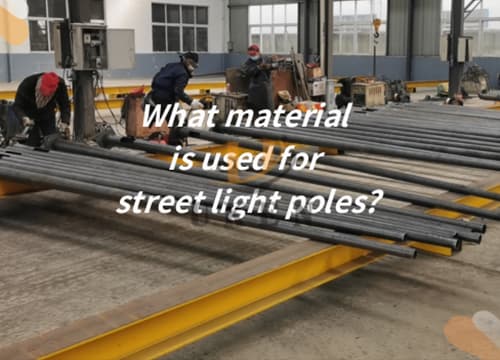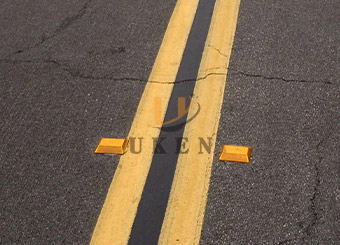Reflective road studs, also known as delineators, are essential components of road safety, particularly during low visibility conditions. They enhance visibility and guide drivers by marking lanes and edges. When it comes to selecting the material for these studs, two common options are plastic and aluminum. Both have their own set of characteristics and advantages, making the choice between them crucial for road safety and maintenance.
Durability and Longevity
One of the primary considerations when choosing between plastic and aluminum road studs is durability. Aluminum studs are known for their robustness and resistance to wear and tear. They can withstand harsh weather conditions, heavy traffic, and accidental impacts without losing their effectiveness. On the other hand, while plastic studs are lightweight and may be cheaper initially, they are more prone to damage over time. Continuous exposure to sunlight and extreme temperatures can cause plastic studs to degrade and become brittle, leading to frequent replacements and increased maintenance costs.
Reflectivity and Visibility
The reflective properties of cat eye road studs are paramount for ensuring visibility, especially during nighttime or adverse weather conditions. Aluminum studs typically offer superior reflectivity compared to their plastic counterparts. The smooth surface of aluminum allows for better light reflection, making it highly visible from a distance. Additionally, aluminum road studs often feature glass or prismatic reflectors that further enhance their visibility in various lighting conditions. Plastic studs, while still reflective to some extent, may not provide the same level of brightness and clarity, especially as they age and accumulate dirt and grime.
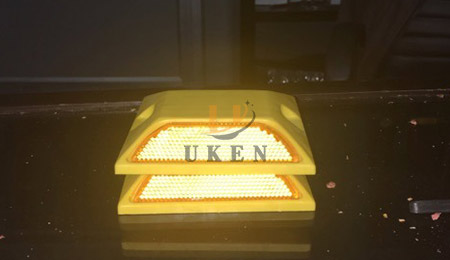
Installation and Maintenance
Another factor to consider is the ease of installation and maintenance. Plastic road studs are generally lighter and easier to handle during installation. They require minimal effort and equipment, making them a convenient choice for quick deployments or temporary road markings. However, their lightweight nature also makes them susceptible to displacement or damage from wind or passing vehicles. In contrast, aluminum studs may require more effort to install due to their heavier weight and sturdier construction. Yet, once installed, they often require less frequent maintenance and replacement, resulting in long-term cost savings and hassle-free operation.
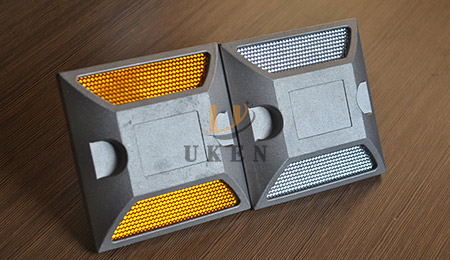
Environmental Impact
In today’s environmentally conscious world, the ecological footprint of road safety equipment cannot be overlooked. Plastic road studs, being made from synthetic polymers, contribute to plastic pollution and environmental degradation. Their disposal can pose challenges, as they may not be easily recyclable or biodegradable. Aluminum studs, while not entirely eco-friendly due to the energy-intensive extraction and manufacturing processes involved, are more readily recyclable. Recycling aluminum helps conserve natural resources and reduces energy consumption compared to producing new aluminum from raw materials.
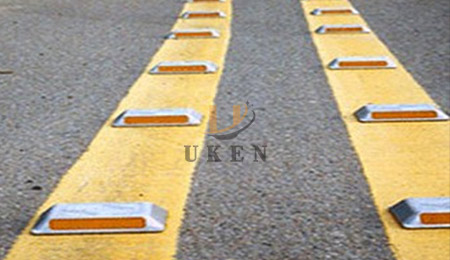
Choosing between plastic and aluminum reflective road studs requires careful consideration of various factors, including durability, reflectivity, installation, maintenance, and environmental impact. While plastic studs may offer initial cost savings and ease of installation, they often lack the durability and reflectivity of aluminum studs. On the other hand, aluminum studs are known for their longevity, superior visibility, and lower long-term maintenance requirements. Moreover, their recyclability makes them a more sustainable choice in the long run. Ultimately, the decision should be based on the specific requirements of the road infrastructure, balancing cost-effectiveness with safety and environmental concerns.
